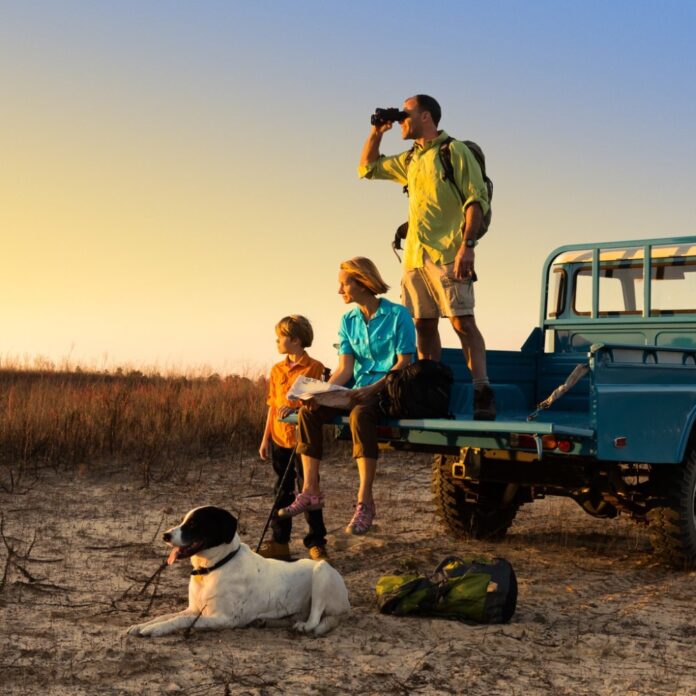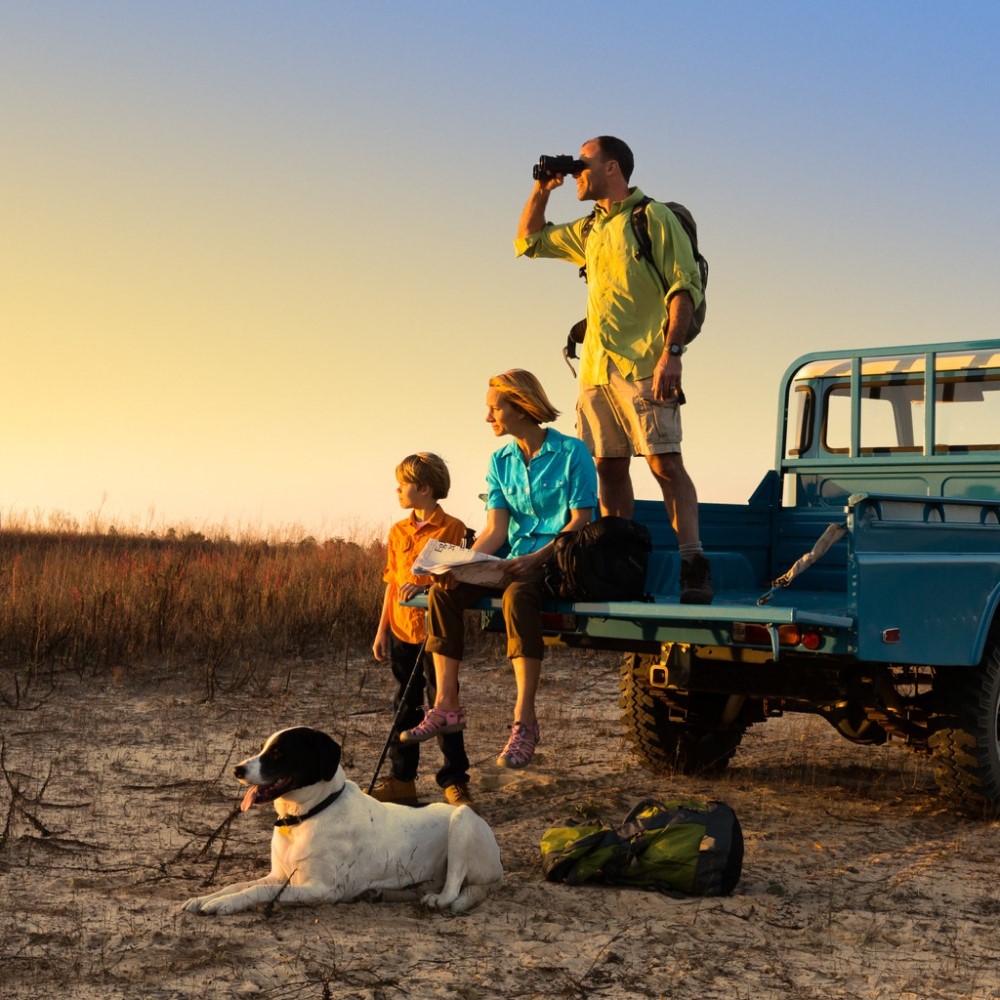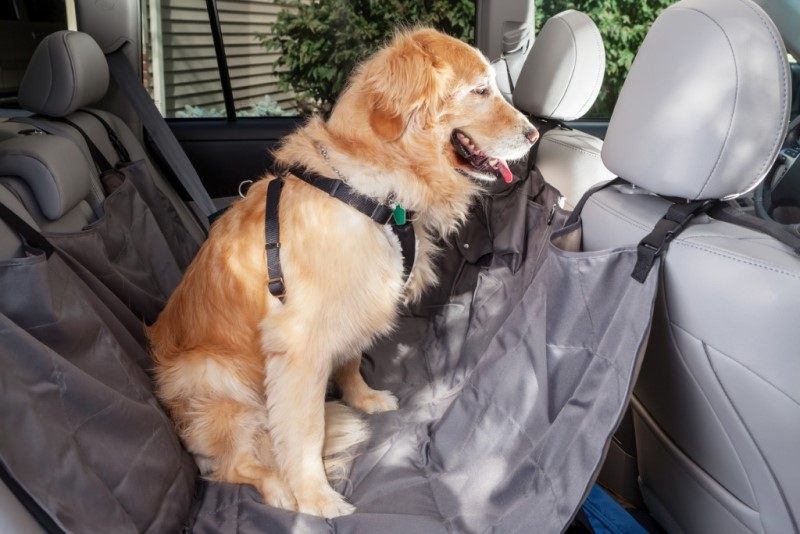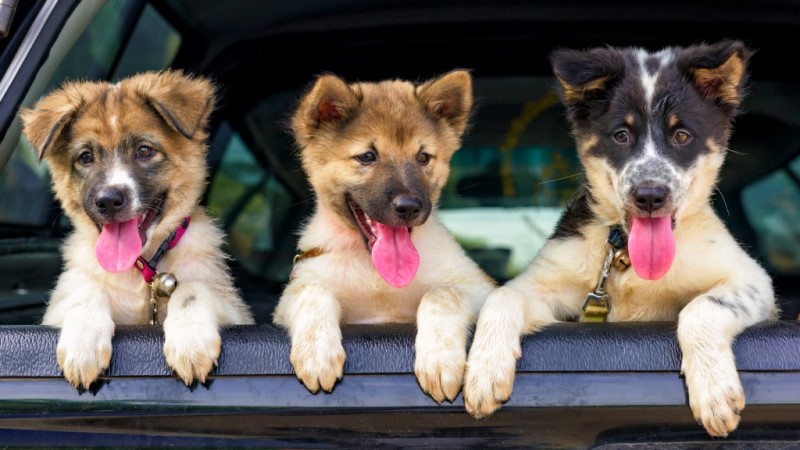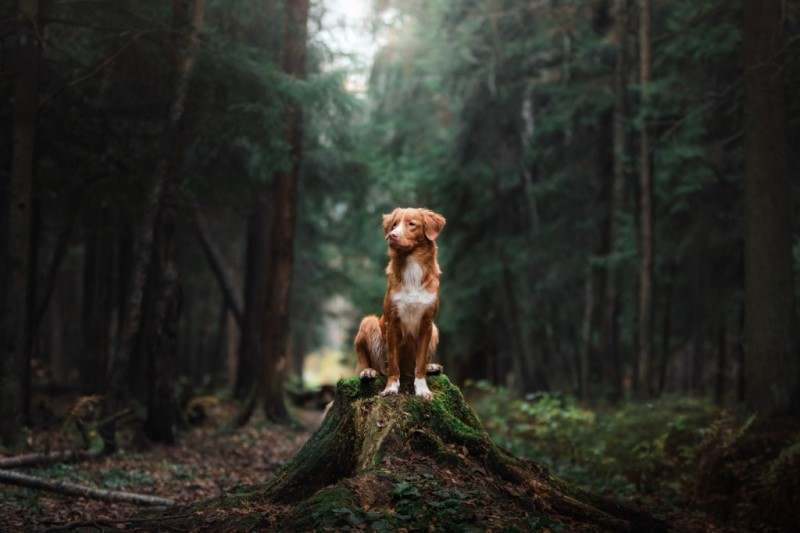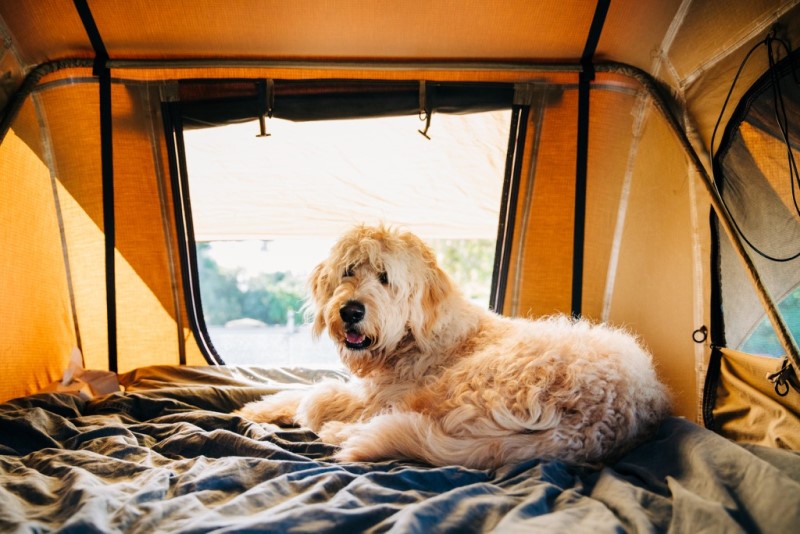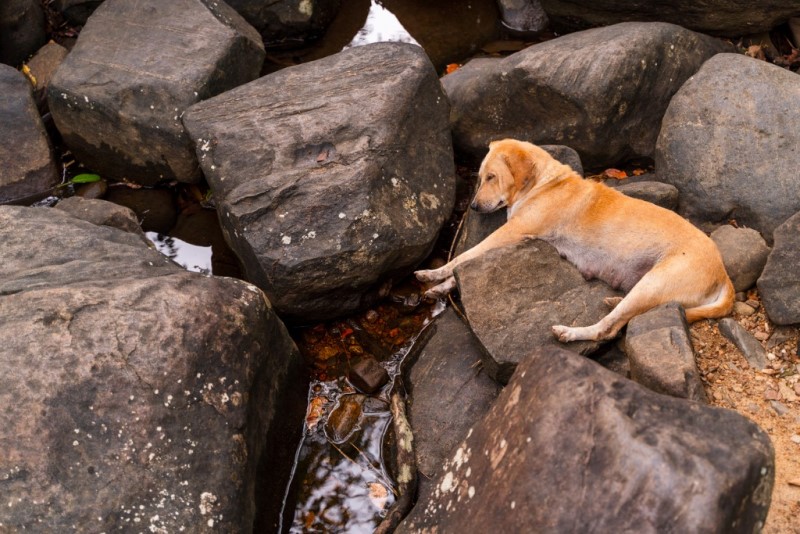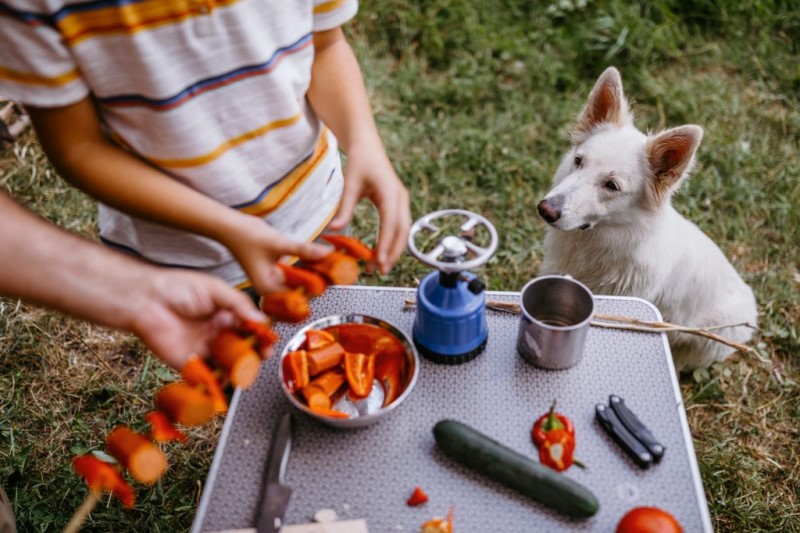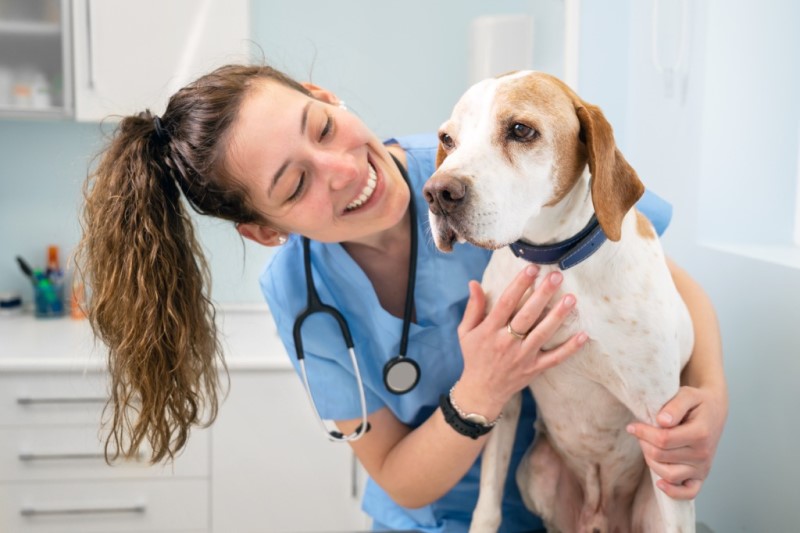photo by stevecoleimages via iStock
Of course, we all love our dogs, and most dog owners would love to bring their dogs with them everywhere they go. And if you can take your dog with you when you go hiking and camping, why not overlanding?
But where do you put them in your truck? Is it enjoyable for the dog? Do they need extra rest? All valid questions will probably pop into your head when it comes to overlanding with your dog, so we’re going to try and answer them.
Please note that if you bring your dog overlanding with you, you do need to pick your trails carefully, drive responsibly and avoid tipping danger at all costs to minimize the risk of injury to your dog at all times.
If your dog does get injured, make sure you know how to treat it by taking a dog first-aid training. Be safe!
Notify Rescue Services That There is a Dog On Board
We all know them, those little square yellow signs people stick on their car windows. While a lot of these are for fun, they do serve an essential purpose, notifying emergency services of the presence of a dog or child in the vehicle, should it be involved in an accident.
Since you won’t always have your dog with you, I’d recommend either getting a few spare stickers and removing them after the trip or getting a plastic one that you can tape onto a window next to your first aid indicating decal. Make sure to take this indication off if you venture out into the backcountry without your dog.
Overlanding With Your Dog: Get a Dog Seat/Harness
photo by BanksPhotos via iStock
Then there is the second question, where do I keep my dog when on the move? Every truck is different but find a spot where your dog has a safe flat surface to sit or lie down steadily where he can’t roll off. We do not recommend letting your dog simply ride shotgun with you if you don’t have a passenger.
Ideally, you should create a space for them behind the front seat where high rims surround them. Make sure nothing Is sticking out anywhere near so you can protect them from injuring themselves. We recommend Ruffwear’s webmaster harnesses for your dog, they are great for the job.
Practice Makes Perfect
photo by yotrak via iStock
Overlanding with your dog is something you need to teach him. Start slow and steady and gradually build up the skill level.
Your dog needs to get used to the movements like the car’s rocking and learn the best way to position himself without constantly knocking his head against the window or any other part of the vehicle.
It’s also imperative that your dog is at an appropriate age to start doing this. Even sitting in a rocking off-road car is very taxing on a dog’s body if it is still growing. Just like puppies aren’t supposed to be taken on hikes and camping trips, don’t bring a puppy on an overlanding trip. Check with your vet to see if his bones and muscles are formed well enough to start overlanding with your dog.
Dogs Love the Outdoors
photo by Anna-av via iStock
Dogs love adventure, and they love being outdoors. If you gradually build up your dog’s experience, go above and beyond training to go off-road and ensure that the entire experience is pleasant, fun, and rewarding for your four-legged friend. He will be staring at you with hopeful puppy eyes every time you start your truck!
Overlanding With Your Dog: Give Them Time to Rest
photo by Victoria Andrews via iStock
Dogs need a lot more time to rest than humans, and if they don’t get enough rest, the entire experience will become a stressful endeavour. This resting time needs to be taken into account while planning your trip. Especially in the training phase, your dog will need a lot of sleep to counter the activity level and experience of learning new things.
If you are using a rooftop tent, also give them time to get used to the fact that you are sleeping on top of the car.
On your earlier longer trips, make sure to have a rest day every other day. You will notice that during these rest days, your dog will sleep most of the time as he needs it to recharge and prepare for another day of driving.
photo by Alex Potemkin via iStock
Another way would be to drive only a couple of hours a day, giving him plenty of time to rest during the afternoon, evening and night. The most important thing is to know your dog and monitor him. You can see when they are fatigued, and that is your cue to stop and reward your dog with some much-needed sleep.
Eventually, your dog will get used to off-road travel, and he will be able to sleep more on the steadier parts of your trip. But even so, keep a close eye on your dog and teach them to “go to bed” themselves. Even a seasoned off-road dog will probably head for his dog bed straight after dinner and snore through the night.
Packing Food for Overlanding With Your Dog
photo by mixetto via iStock
be less interested in his kibble in the beginning due to the extra stress, so bring some wet food and mix it in with the dry food.
Avoid having to switch dry food brands on the road because you run out. It may seem insignificant, but switching between different types and brands of food is taxing for your dog’s digestive tract and puts unnecessary extra stress on his body.
These bottles will be extremely useful on your trip and these collapsable bowls will save you a lot of space.
photo by herraez via iStock
Lastly, make sure your dog’s shots are up to date and have a look into the local rules of transporting a dog in a vehicle of the area you are headed into. There is no official state law that states your dog should be harnessed in the car, but requirements for traveling with your dog can vary from state to state.
For instance, states like California and Massachusetts have laws restricting dogs from being unsecured in open pickup trucks. And if you do decide to tether your dog in your car, make sure to have a proper chest harness instead of a collar as they can cause injury to a secured dog’s neck during an impact.



